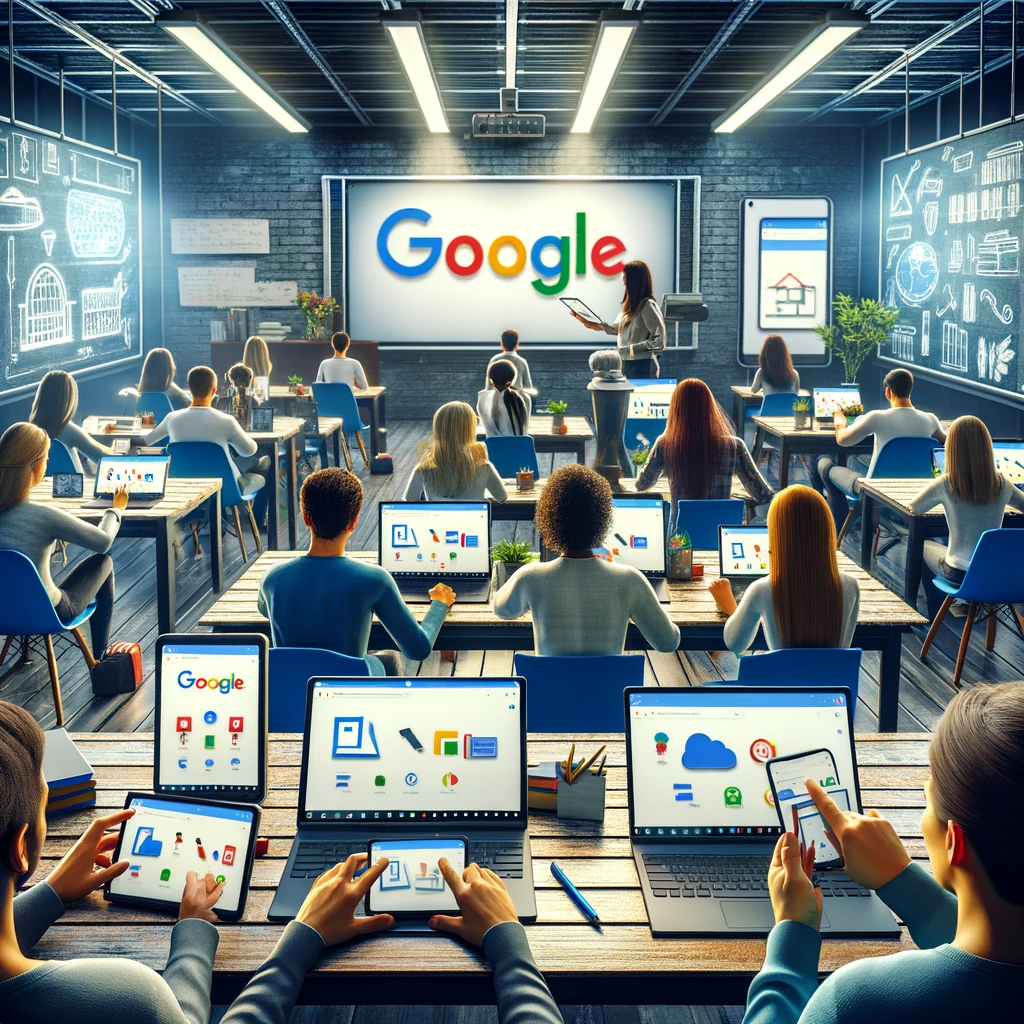
Google Classroom has emerged as a transformative tool in the realm of education, enabling teachers and students to connect seamlessly and manage assignments efficiently. This digital platform, developed by Google, integrates multiple tools into one coherent interface, fostering communication, collaboration, and the smooth operation of educational activities.
At its core, Google Classroom serves as a bridge connecting students with their academic responsibilities while providing educators with a robust set of tools to distribute assignments, provide feedback, and communicate with students individually or collectively. The platform’s user-friendly design is built around the concept of Classes, which educators can set up for each of their courses or groups. Within each class, teachers can post assignments, announcements, and questions, creating an interactive and engaging digital space that mirrors the dynamics of a physical classroom.
One of the primary advantages of Google Classroom is its deep integration with Google’s suite of applications, such as Google Docs, Sheets, and Slides, as well as Google Drive for file storage. This integration allows for a seamless workflow where documents can be created, distributed, and edited without ever leaving the Google ecosystem. Students can work on assignments in real-time, collaborate on group projects, and submit their work digitally, which can be especially beneficial for accommodating different learning styles and paces.
The mobile accessibility of Google Classroom is another of its standout features. The platform’s mobile app allows students and teachers to engage with their classes on the go. Whether it’s checking an assignment due date, submitting homework, or responding to a class discussion, the ability to interact with the classroom environment from any location at any time significantly enhances the learning experience. This flexibility is particularly advantageous in today’s fast-paced world, where students and educators often balance multiple responsibilities.
Moreover, Google Classroom facilitates personalized feedback, a crucial component of effective learning. Teachers can leave comments on assignments submitted through the platform, provide real-time feedback during document editing, or use the private comment feature to communicate individually with students. This tailored interaction helps in addressing specific student needs, fostering a supportive learning environment that encourages student engagement and improvement.
Despite its many benefits, Google Classroom also faces challenges and limitations. The platform relies heavily on internet connectivity, which can be a significant barrier in regions with limited access to stable internet services. Additionally, while Google Classroom simplifies many aspects of course management and student engagement, it requires both teachers and students to have a certain level of digital literacy. This necessity for technological competence can be a hurdle in areas where digital skills training is not widely available.
Google Classroom represents a significant advancement in the field of educational technology. By allowing teachers and students to connect and communicate effectively, regardless of their physical location, and by providing tools that support a wide range of educational activities, Google Classroom enhances the educational process. As education continues to evolve with technological advancements, tools like Google Classroom will play a crucial role in shaping the future of learning, making education more accessible, interactive, and adaptable to the needs of students around the globe.
Vibrant and modern digital classroom environment featuring Google Classroom on various devices. The image highlights students of diverse backgrounds engaging with their assignments, emphasizing the accessibility and collaborative aspects of educational technology.